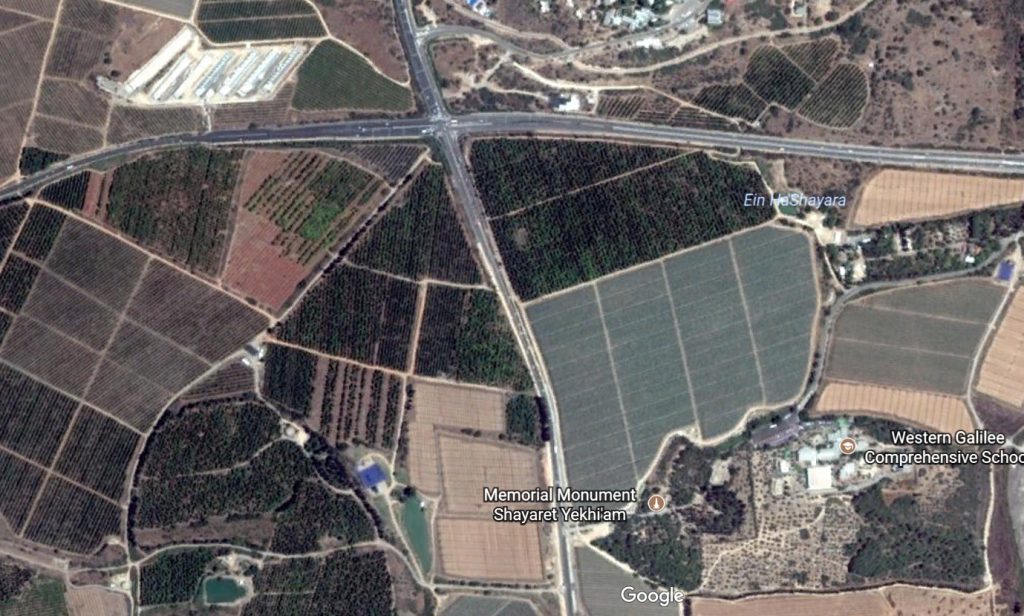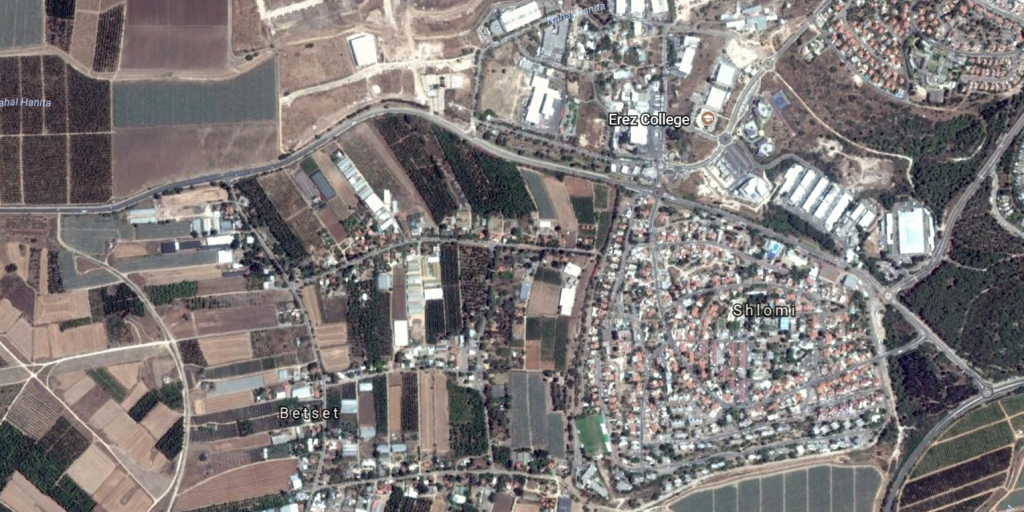On the 14th of May 1948, hostilities first erupted between the newly formed state of Israel and its Arab League neighbors of Egypt, Jordan, Lebanon, and Syria. In the seventy years since historians have documented the Palestinian War in its near entirety. However, one aspect remains strangely unstudied: the condition of the exiled Palestinian refugees. Why have they been completely ignored? Perhaps archaeology can unveil the past of a people banished from their home.
Our journey begins in abandoned Palestinian settlement of Al-Bassa, where in May of 1948 Israeli forces told its inhabitants to leave, according to Israeli documents. Surprisingly, no evidence of the settlement exists as an Israeli town was built directly on top of it. Modern streets and buildings now conceal any artifacts. Archaeology would be possible, but extremely difficult to perform. Neitherless, there must be other sites to study. Al-Kabri, another abandoned settlement, meets a similar fate of annihilation. Where the village should be is only farmland. The history of a people is completely hidden below the earth, away from the public eye.

Seventy years ago, this was the location of Al-Kabri, a Palestinian settlement. 33° 00′ 56″ N 35° 09′ 03″ E.
These instances of hidden villages are not isolated, but instead mark the greater trend. Satellite imagery reveals the majority of recorded settlements are completely obscured. Unless told of their existence, the average person would never suspect they walk on the homes of the Palestinians.
But what is the purpose of this concealment? Despite official records claiming the peaceful removal of Palestinians from their land, reality offers a darker perspective. Israeli-Palestinian animosity was widespread before and after the war. For example, at Deir Yassin, a massacre claimed 107 Palestinians while the Israeli attackers were only given a warning not to repeat their actions. However, many other cases of racist violence against the Palestinians were not reported and thus remain hidden. Furthermore, the only accurate method to learn of the extent of this violence would archaeology. Yet, as seen above, the potential sites for this examination have all been destroyed in one way or another, making a study of racist violence against ethnic Palestinians near impossible.
In such a way Israel could have erased the evidence of Palestinian suffering under their hands. Deir Yassin probably was not the only major massacre during the conflict and smaller attacks could have also happened. Therefore, despite the great difficulty in doing so, excavations of the abandoned settlements are necessary to uncover what lies in the archaeological record. Depending on what items were left behind, archaeologists can gauge the conditions of the departure. If most everyday objects were taken, it probably was a planned and relatively peaceful withdrawal. However, if the refugees only brought the necessities, it most likely was an urgent escape from Israeli forces. Whether it was a peaceful immigration or the result of an institutional system of terror as the result of mass violence, the history of the Palestinian exodus lies buried.
Sources:
Asaf Romirowsky and Alexander H. Joffe, Religion, Politics, and the Origins of Palestine Refugee Relief (New York: Palgrave Macmillan, 2013).
Morris, Benny. 1948 and After: Israel and the Palestinians. 1st ed., (Oxford: Clarendon, 2003.)
Image Sources:
Both images are original work of the author.
Further Reading:
Morris, Benny. The Birth of the Palestinian Refugee Problem, 1947-1949. Cambridge University, 1997.
Pappé, Ilan. A History of Modern Palestine: One Land, Two Peoples. Cambridge University Press, 2005.


Although archaeology can be a tool that can show past destruction and violent acts throughout history, the act of archaeology is also destructive. In this case is there any risk of preservation to the artifacts or the sites if they are completely buried? Also in this case of geopolitical disputes who should be in charge of the archaeology, does it matter who the archaeologist(s) is?